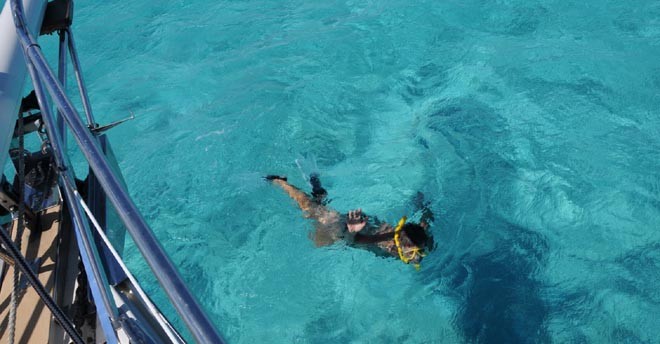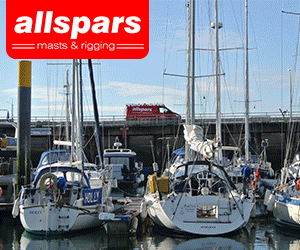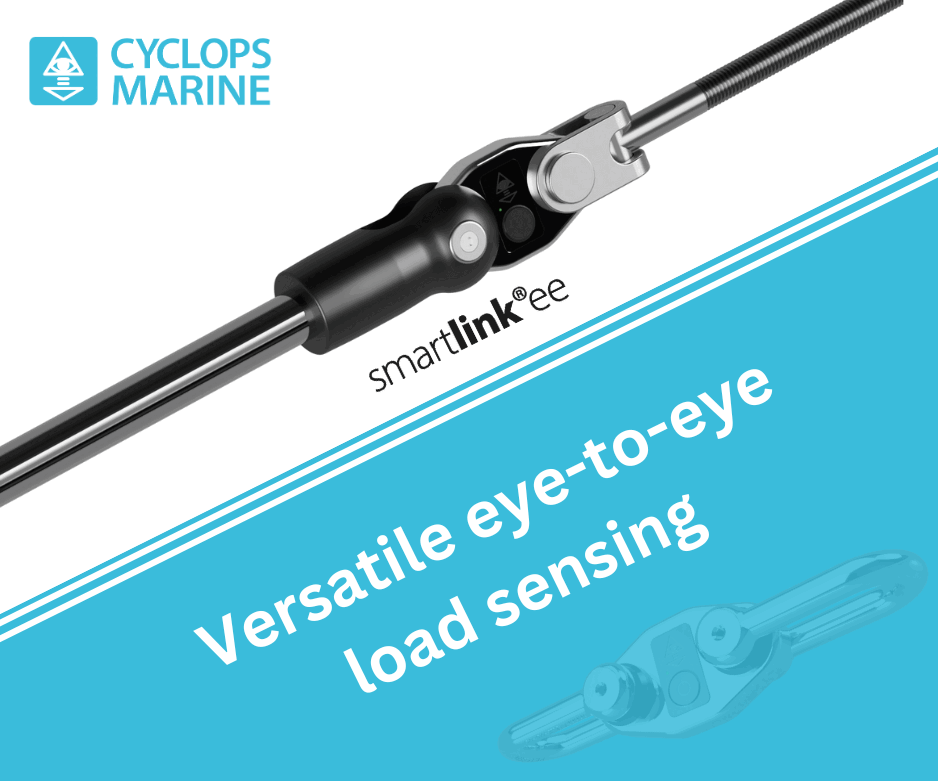Five bits of gear I wish I'd known about before I left to go cruising
by Nancy Knudsen on 18 Jun 2012

Diving on the anchor - and everyone else’s SW


This might sound idyllic, and it is, but what I am really doing is checking the anchor, just an excuse really for another swim. What I see is very pleasing, as our Spade anchor is all but invisible, its fluke disappeared, leaving a slight line in the sand where the chain ends. Our anchor checked, I swim round the other boats. The CQR's and plough anchors, which most of the charter boats seem to have, are all lying on their side, one point catching lightly into the sand. The boats seem to be held by the mere weight of the anchor and its chain. It's soft weather today, so there'll be no trouble at the surface, I think, but I am so glad we changed to a New Generation anchor, which makes me remember...
My partner and I had both been racing sailors before we left to cruise away from the nine-to-five world. We prepared carefully and our boat met the Yachting Australia requirements of a Cat 1 racing boat, exceeding them in many areas, particularly with spares, tools, charging capacity, water and fuel.
We read every book we could lay our hands on and had more spare parts and redundant systems than we hoped we would ever need. It took five years to prepare the boat and make the break with our city lives, and we were sure that our cruising boat was kitted out perfectly.
It wasn't.
As the weeks and months came and went we learned, sometimes painfully. Here are the five top items of gear that I wish someone had told me about before we went long-range cruising:
1. The New Generation anchor:
We bought a Spade, but there are many other brands on the market – the Manson Superior, the Rocna, the Ultra to name just a few. From the moment we saw the light and changed over, we slept at anchor confidently and peacefully. Not once in all the years since our purchase of that Spade have we ever dragged.
All the weight in the New Generation anchor is concentrated in the point and the clever shape means that the harder it blows the deeper the anchor penetrates. Deep weed is no problem either, because that lethal point keeps heading down and down until it strikes something solid to cling to.
Even though we employed all the other tricks to make sure we anchored securely - heavy gear, good scope (never less than 5:1), snubber, anchor alarm and anchor buddy – the Spade made so much difference it felt as though we were anchored to a two-tonne concrete block.
2. The Code 0 sail:
We thought that a multiple purpose sail (MPS) would be just perfect for downwind sailing, to complement our twin-winged yankee and staysail. We were wrong. Most long-range cruisers are, like us, sailing short-handed, which means that, in order to keep the crew fresh to deal with any emergency at all times, each crew sails single handed, allowing the other to sleep.
Moreover the longer you cruise the less important it seems to sail fast - maybe for avoiding an impending storm, or getting in before dark. An MPS may give you a knot or two extra in speed, but it took two of us to put it up and down – and, particularly when used as a spinnaker, demands attentiveness most of the time.
On the other hand a Code 0 is a spinnaker-weight sail on a light furler hoisted on the spinnaker halyard. It can be unfurled in light winds and furled again quickly when conditions threaten – without involving the other crew.
3. The DIY watermaker:
We left home with a watermaker. It took up a huge amount of storage space on the yacht, had cost the previous owner a lot of money, but had only a modest output of water. With all the other expensive gear we were putting on the boat, spending around another $10,000 on a better watermaker was something we thought we could do without.
It was months later when we discovered, courtesy of a roving sailor, that we could have, for a mere $2000 or thereabouts, made our own watermaker with an output of 100 litres an hour.
An added advantage of this was that this DIY watermaker did not have to be constructed in one unit, but its parts could be apportioned around the boat in convenient small locations. Follow the diagram shown or Google for other versions.
4. The salt water tap:
What a boon this little beauty was when added to our boat.
Best operated with a foot pump (don't forget to carry a spare), it gives an unlimited supply of water to either swab the decks (eliminating the need to pull buckets up from the ocean), cook vegetables, rinse the plates or a wide range of other minor tasks where it doesn't matter if the water is salty or not.
Don't leave home without one!
5. The 'Med Hook':
This natty little hook is named after the place were it was invented, the Mediterranean, but it is useful anywhere at all where you are likely to have your anchor tangled with another boat's. The first time our anchor became tangled with another it was a comedy of errors that amused everyone in the anchorage – if only we'd had a Med Hook!
Two lines are attached to the hook, one for lowering it in the hook position, and another for tripping it so that it releases the chain it has been carrying. It is particularly handy in crowded anchorages where another boat has laid over your boat and then gone touring for a few days.
When you want to leave, you simply slip the Med Hook down the other boat's chain, lift the chain while you retrieve your own anchor, and then use the trip line to release the chain. You'll never have to wake the crew of another boat again when you want to leave early in the morning!
...so here I am all these years later, still swimming among and below the boats quietly at anchor, feeling the sun on my shoulders as I surface, sometimes chatting to other sailors drinking coffee in their cockpits as I meander past, but mostly musing. I have learned much since we cast off the dock lines of our previous life, but I know that no matter how many years I sail I shall continue to learn. And that is as it should be, and what keeps we cruising sailors interested..
If you want to link to this article then please use this URL: www.sailworldcruising.com/98621